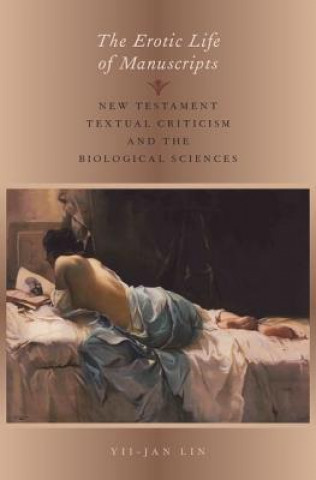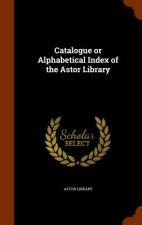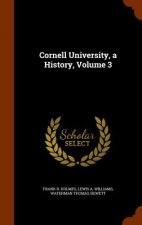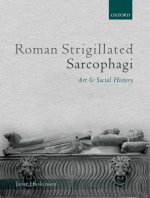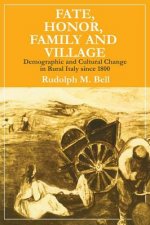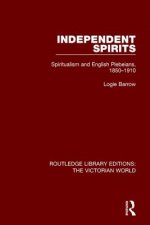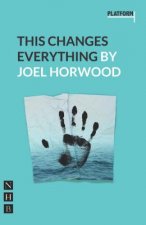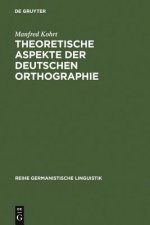
Livrare
Consilier de cumpărături





Nu se pretează? Nu contează! La noi puteți returna bunurile în 30 de zile
 Voucher cadou
orice valoare
Voucher cadou
orice valoare
Cu un voucher cadou nu veți da greș. În schimbul voucherului, destinatarul își poate alege orice din oferta noastră.
Erotic Life of Manuscripts
 engleză
engleză
 397 b
397 b
30 de zile pentru retur bunuri
Ar putea de asemenea, să te intereseze


Since the New Testament's inception as written text, its manuscripts have been subject to all the dangers of history: scribal error, emendation, injury, and total destruction. The traditional goal of modern textual criticism has been to reconstruct an "original text" from surviving manuscripts, adjudicating among all the variant texts resulting from the slips, additions, and embellishments of scribal hand-copying. Because of the way manuscripts circulate and give rise to new copies, it can be said that they have an "erotic" life: they mate and breed, bear offspring, and generate families and descendants. The Erotic Life of Manuscripts explores this curious relationship between the field of New Testament textual criticism and the biological sciences, beginning in the eighteenth century and extending into the present. New Testament textual critics who used language to group texts into families and genealogies were not pioneering new approaches, but rather borrowing the metaphors and methods of natural scientists. Texts began to be classified into "families, tribes, and nations," and later were racialized as "African" or "Asian," with distinguishable "textual physiognomies" and "textual complexions." These genealogies would later be traced to show the inheritance of "corruptions" and "contamination" through generations, an understanding of textual diversity reflective of eighteenth- and ninteenth-century European anxieties over racial corruption and degeneration. While these biological metaphors have been powerful tools for textual critics, they also produce problematic understandings of textual "purity" and agency, with the use of scientific discourse artificially separating the work of textual criticism from literary interpretation. Yii-Jan Lin traces the use of metaphors and methods from the biological sciences by New Testament textual critics to show how the use of biological classification, genealogy, evolutionary theory, and phylogenetics has shaped--and limited--the goals of the field, the greatest of which is the establishment of an authoritative, original text. The conclusion of this study proposes new metaphors for the field.
Informații despre carte
 engleză
engleză




 Cum să cumpăr
Cum să cumpăr















